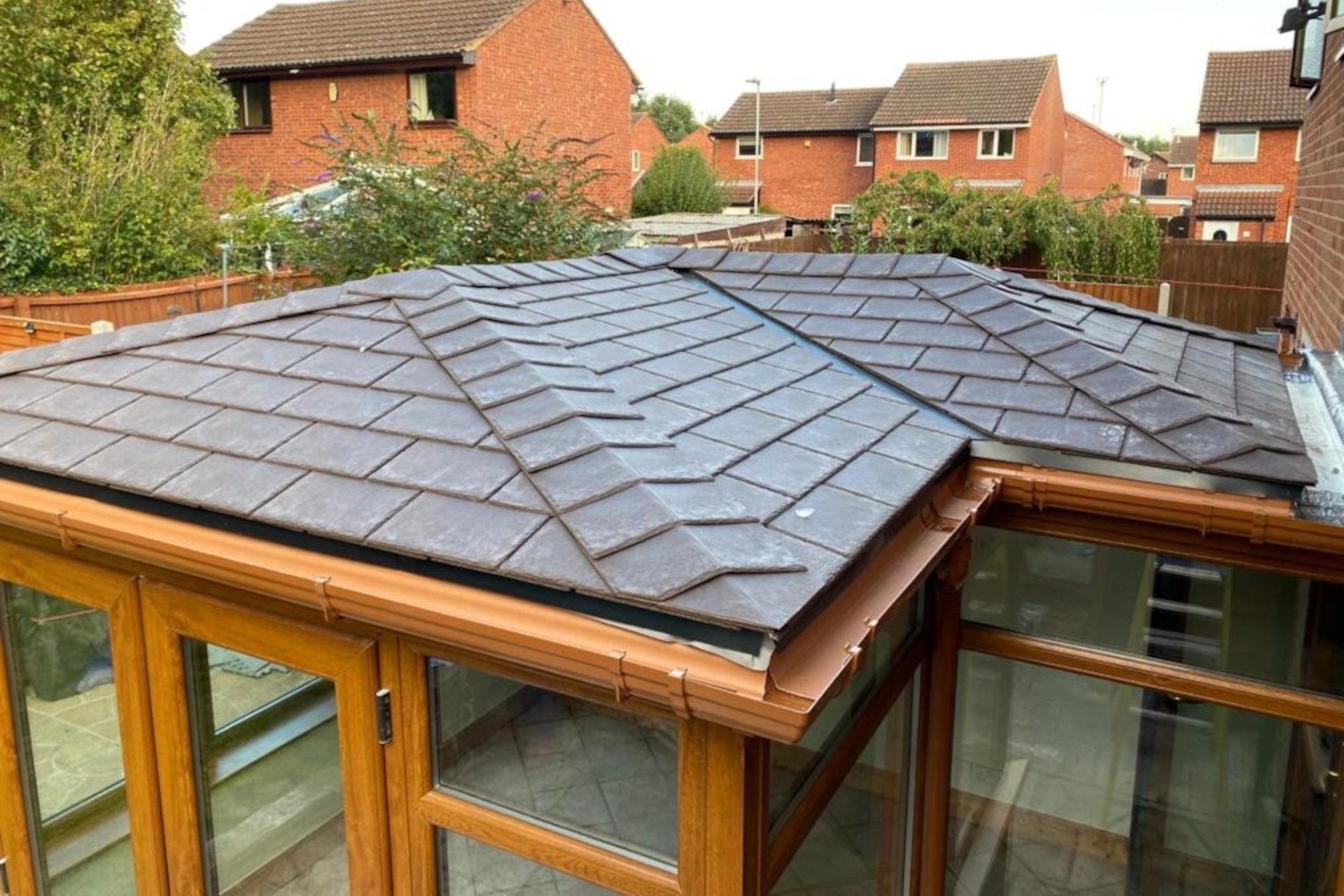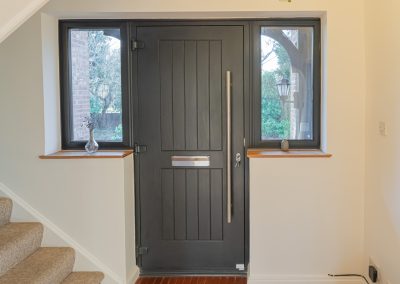Insulating a flat roof can be done in one of two methods, depending on which type of roofing material you have: a warm roof or a cold roof. There is no loft space like there is in standard pitched roofs, therefore there is nowhere for materials to be stored. Instead, in order to insulate flat roofs, the insulation material is placed between the ceiling and the membrane that covers the roof. Because of this, heat loss is decreased, and there is a barrier between the inside of your home and the outside, which means that temperatures that are too hot or cold are prevented from entering your home.
A warm roof is a specific kind of roof that is intended to keep heat in the building. To achieve this result, the insulation is installed on top of the roof deck rather than in the space between the rafters. Warm roofs are generally more effective than cold roofs when it comes to maintaining the building’s temperature, both during the winter and the summer.
How does a warm roof work?
The rafters and roof deck of a building with a warm roof are able to maintain the same temperature as the rest of the structure thanks to the insulation that covers them. The rafters and the space in the roof do not heat up and cool down depending on the weather outside, in contrast to a roof with a cold surface. This type of insulation is more efficient than any other type.
How do they differ from a cold roof?
In spite of its name, a “cold roof” does not have a low temperature. The rafters, which make up the structure of the roof, are not insulated, despite the fact that the rest of the ceiling below is properly insulated.
Insulation is installed using this method in the space that exists between the rafters of the roof rather than on top of the roof deck.
What are the main advantages of a warm roof?
There are plenty of reasons why a warm roof system is better than a conventional cold roof system. Warm roof construction is a cost-effective and simple solution that is also energy-efficient and will help to reduce heating bills quite considerably – something that is more important than ever!
A warm roof that has been properly built will protect against condensation, mould, and dampness, and it will last for years when it has the appropriate waterproof covering.
A warm roof can help to prevent condensation
Inside the building, a comparable temperature is maintained on the structural deck as well as the primary support structure when a warm roof system is utilised. A warm roof installation will resolve the issues while protecting the building from condensation and dampness occurring in the process. This design is especially helpful in situations in which the original roof was poorly designed, the internal use has changed, or there is a risk of condensation. A warm roof installation will protect the building from both condensation and dampness. .
For more information on how a warm roof could help you, get in touch with The Cambridge Window Company today.




